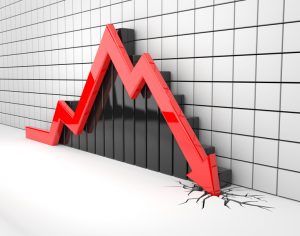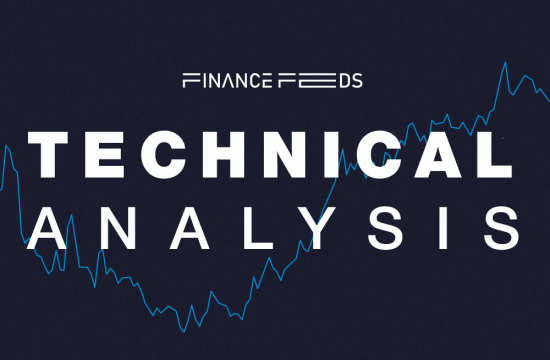
Recession fears and renewed Sino-US trade tensions have hit Asian equities and European early trading session. Hong Kong’s Hang Seng gave up 0.2%, the Shanghai Composite Index shed 1.2% and is on track to end the year down 24%, Japan’s Nikkei 225 index fell 1.1%. The political conversation in Washington around the prospect of a Government shutdown is one more pressing factors creating risk aversion in financial markets.
In Wall Street, the Dow Jones Industrial Average dropped 1.9 percent, while the Standard & Poor’s 500 index SPX, ended -1.58% lower. VIX index, rose 2.8 points to 28.38, its highest closing level since early February. On Thursday the U.S. charged two Chinese intelligence officers with state-sponsored hacking attacks and accused China of violating a 2015 accord against economic espionage.
Currency markets are also witnessing risk-off action. The yield on 10-year Treasuries decreased one basis point to 2.80 percent. Germany’s 10-year yield gained two basis points to 0.25 percent, the biggest rise in more than a week. Gold rallies to 1265 mainly driven by an increased flight to safety. Both Brent and US crude futures reached their lowest in more than a year overnight amid a glut of supply.
On the Lookout: Banco de México raised interest rates 25bp to 8.25% at its December 20th 2018 meeting, and they see room for one more 25bp hike in this cycle to a final rate of 8.50%. European Union leaders rejected May’s plea to put a time limit on the Irish backstop, in a blow to her hopes of reaching a deal at a Brussels summit on Thursday. The Gfk consumer confidence in the UK fell to -14 in December – the lowest level since July 2013 – from the November figure of -13. United Kingdom Gross Domestic Product (YoY) according to figures released by the Office for National Statistics matched forecasts (1.5%) in 3Q. Lipper data out Thursday showed investors pulled nearly USD 34.6 billion out of stock funds in the latest week and were heading for the biggest month of net withdrawals on record.
EURUSD: The euro jumped yesterday to its highest level in over six weeks at USD 1.1485 just to find resistance at the 100-day Moving Average. Profit taking today has pushed the pair back to 1.1430 area, the strong rebound from the November low at 1.1221 is currently well placed to challenge and break above the 2018 downtrend at 1.1503. First support for the pair is 1.14, and strong buyers will jump in at 1.1350.
USDJPY: The BOJ left its interest rate unchanged and kept its ultra-low rate policy. The pair was under heavy selling pressure yesterday breaking the 111 level, as investors dumped USD over concerns of a possible economic slowdown. USD/JPY could face the first technical support at 110.45 the September 6th ahead of psychological level 110 and 109.75 the August 21 low. On the flip side, resistance can be found at 111.60 the 200-day moving average, the psychological 112 level and daily high at 112.60.
GBPUSD: The pair yesterday jumped to daily highs of 1.2704, amid broad market US dollar weakness. Technical indicators on the hourly chart show bullish signal as GBP/USD managed to break the 100h and 50h moving average. First resistance for the pair acts now yesterdays top at 1.2703 and the 200 4hour moving average at 1.1771. Support can be found at 1.2605 yesterdays low and then at 1.2477 the previous week low.











